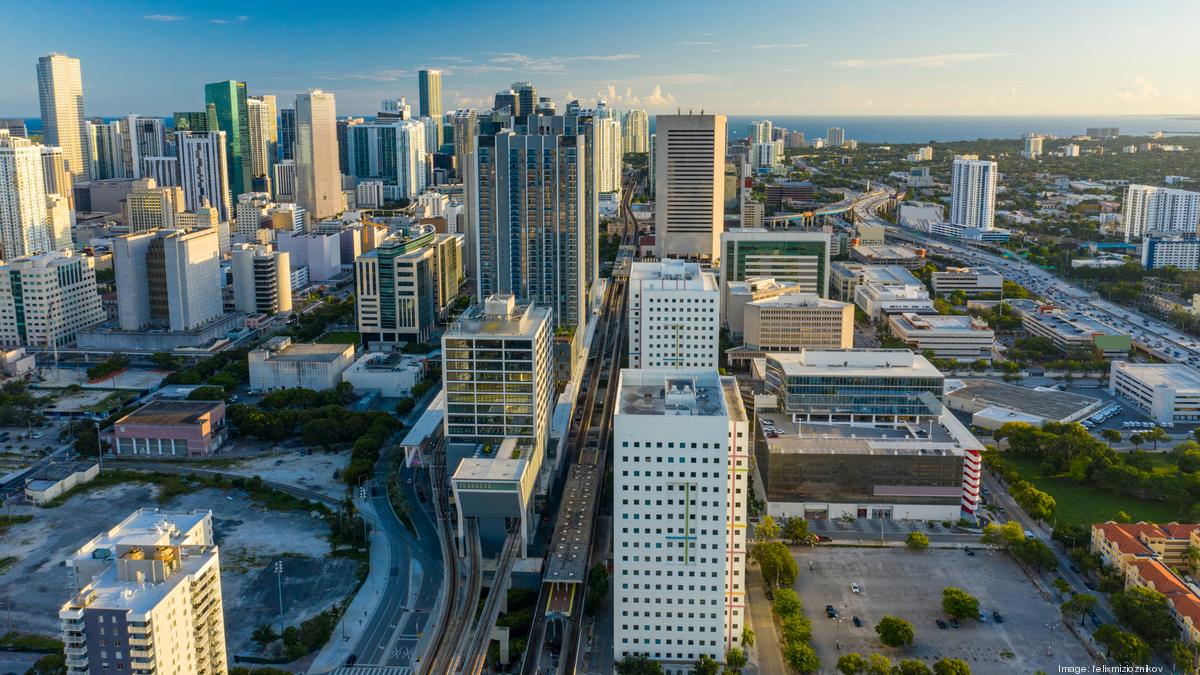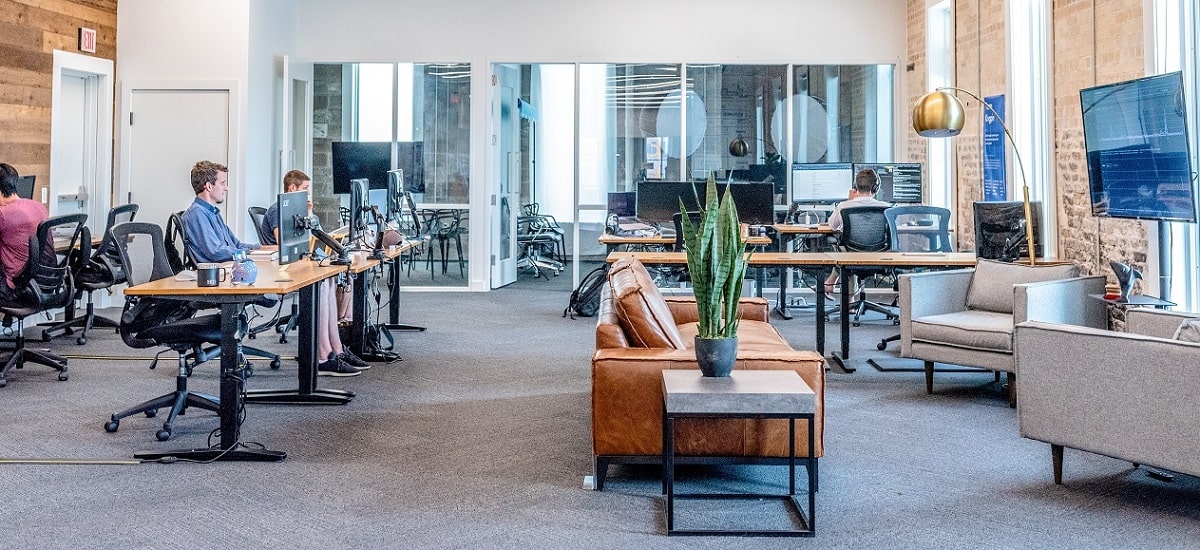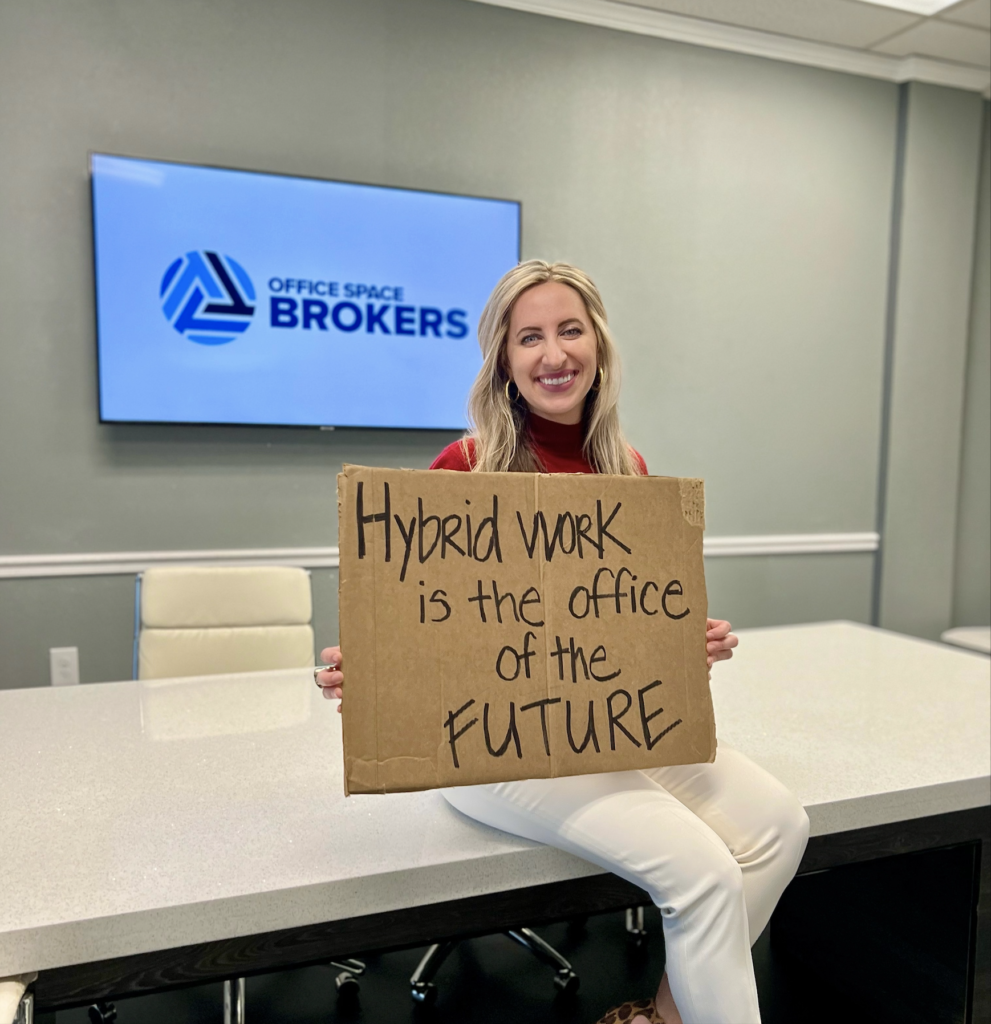
The Rise of Florida Commercial Real Estate Market Trends
The Commercial Real Estate market in Florida has experienced significant growth and change over the past few years. Due to the state’s favorable business climate, growing population, and low taxes have made it an attractive destination for companies looking to expand or relocate. We will discuss five of the current trends in Florida’s Commercial Real Estate market.
Growth of the Industrial Warehouse Sector
With The rise of e-commerce and online shopping and specifically service-based industries in Florida, the demand for warehouse and distribution facilities has increased significantly. As a result, developers are building larger and more sophisticated industrial buildings to meet this demand. According to CBRE Florida ranks third in the nation for the total square footage of new industrial construction.
Flight To Quality and Flexible Office Arrangements
The growth of remote work and the gig economy, many companies are seeking flexible workspace solutions that can accommodate their changing needs. Co-working spaces, which offer shared office space and amenities, have become increasingly popular in Florida’s urban areas. We are calling a “flight to quality” for companies who are choosing to lease office space in locations with buildings that provide amenities for Tenants and located where their ideal employers live, work and play. In Tampa, we are seeing this example in Westshore and Downtown Tampa.
The Hospitality Sector Has Bounced Back and There Is No Looking Back
Florida’s tourism industry continues to thrive, with record numbers of visitors each year. According to Visit Florida, the state’s official tourism marketing corporation, Florida welcomed a record-breaking 135.5 million visitors in 2022. As a result, developers are building new hotels and resorts to meet the demand. Additionally, there is a growing trend of mixed-use developments that combine hotel, residential, and retail space. In Tampa Bay we have experienced an influx of new restaurants in Downtown Tampa’s Water Street community and Midtown, both mixed use developments which opened their doors to Tenants and patrons in the past two years.
Retail Isn’t Dead, It Might Look a Little Different Though
Florida’s retail sector has been impacted by the growth of e-commerce, with many brick-and-mortar retailers struggling to compete. Fair to say we will be seeing changes in malls and the reuse of some of the big box Tenants being reimagined to smaller footprints and more experienced focused purposes.
Florida’s favorable business climate and growing population have created opportunities for retail developers who can provide unique shopping experiences. According to Macro Trends Tampa Bays Population was 2,945,000 in 2022 and currently 2,977,000 in 2023. For example, outdoor shopping centers that offer dining, entertainment, and community events have become popular in Florida’s urban areas. Midtown which is centrally located between Westshore, South Tampa and Downtown Tampa is a prime example of new national retailers and restaurants who have expanded into Tampa Bay.
Race for Multifamily Developers
Florida’s population is projected to continue to grow, with many young professionals and retirees moving to Florida. As a result, developers are building new apartment buildings and condominiums to meet the demand. Tenant’s are demanding convenience and desiring more than an apartment but built in a community with a small grocery and other day to day needs. No longer are the days where developers are delivering apartment complexes without a retail component for their Tenants.
Florida’s commercial real estate market is evolving to meet the increased demand by population growth plus the lack of existing housing. Florida’s favorable business climate and low taxes are playing a key role in driving the economy forward. Developers are building larger and more sophisticated industrial buildings, co-working spaces and flexible office arrangements are becoming increasingly popular, and the hospitality, retail, and multifamily sectors are all experiencing growth. As the state’s economy continues to thrive, it is likely that these trends will continue, creating opportunities for real estate investors and developers in Florida.




